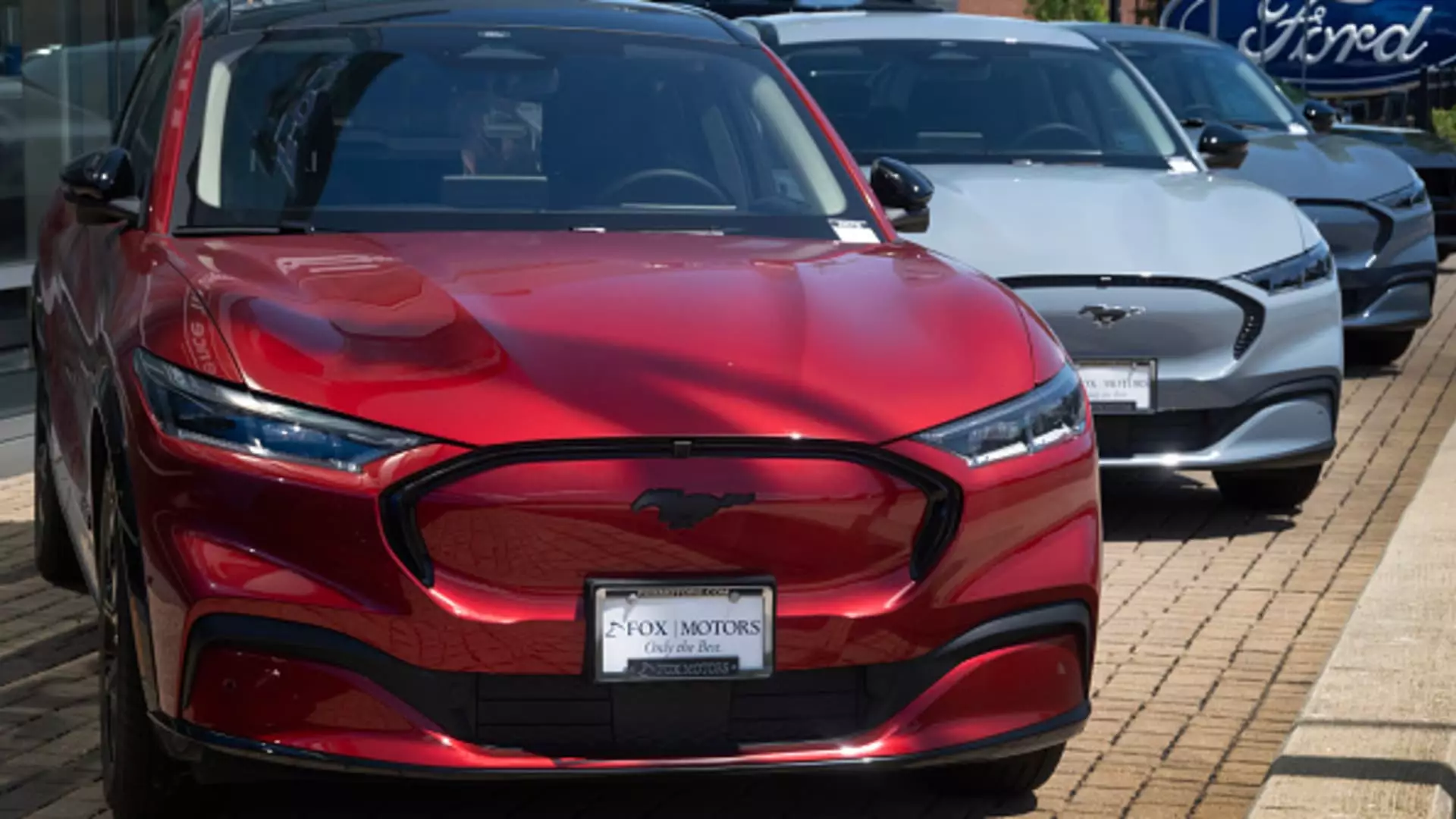Ford has reported a 1% increase in sales during the second quarter compared to the same period last year. This growth was primarily driven by a 5% increase in truck sales, with a total of 308,920 vehicles sold in this category. The F-Series, a flagship line for Ford, contributed significantly to this success, with total sales of 199,463 vehicles during the quarter.
In addition to strong performance in truck sales, Ford also saw a significant increase in the sales of electric vehicles (EVs) and hybrid vehicles. Sales of Ford electric vehicles totaled 23,957 during the second quarter, marking a 61% increase compared to the previous year. The success of models like the Mustang Mach-E and F-150 Lightning has been attributed to attracting new customers to the brand. Furthermore, sales of hybrid vehicles reached 53,822, a 56% increase and a new quarterly record for Ford in this category.
Ford’s performance comes at a time when the entire auto industry is facing challenges related to the transition to electric vehicles and tightening federal fuel efficiency standards. Many automakers, including Ford, have been focusing on hybrid vehicles as a way to ease this transition. The competition in the market was evident with Ford’s crosstown rival, General Motors, also reporting a modest sales increase of 0.6% during the second quarter.
Despite the challenges faced by the auto industry, both Ford and General Motors have managed to exceed expectations with their sales performance. Industry analysts had predicted a flat year-over-year growth for the second quarter, making the sales increase for both automakers noteworthy. The success of Ford in particular, with its strong performance in truck sales, electric vehicles, and hybrids, points towards a positive outlook for the company in the coming months.
Ford’s recent sales performance during the second quarter showcases its ability to adapt to changing market trends and customer preferences. With a focus on innovation and sustainability, Ford continues to position itself as a key player in the evolving landscape of the auto industry.

Leave a Reply